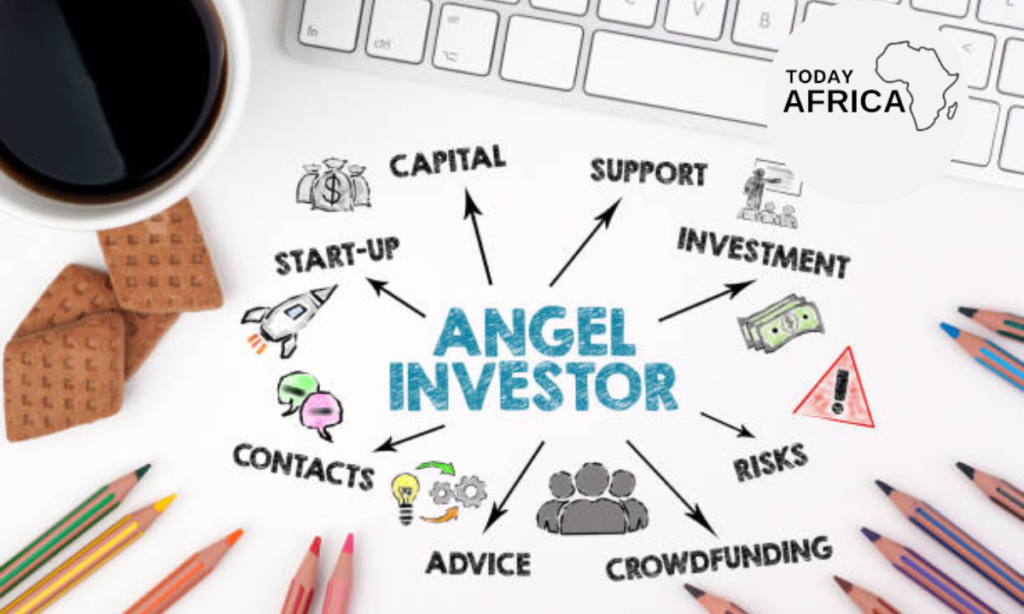Without capital, your idea may not become a reality.
That’s why one of the early-stage financing options available to startups is preseed funding.
In this article, we will explore what preseed funding is, how it benefits startups, and provide insights into obtaining preseed funding for your innovative venture.
Click to get access to 200 Pre-seed Funding Companies Providing Support and Funding.
What is Preseed Funding
Preseed funding refers to the initial capital infusion that a startup receives during its earliest stages.
It typically occurs after you have developed a compelling business idea and are seeking resources to validate your concept, build a minimum viable product (MVP), or take the first steps toward product development.
Unlike other types of funding, such as seed funding or venture capital, preseed capital is sourced from angel investors, friends, family, or early-stage VC firms.
It serves as a catalyst for startups to refine their ideas, gather market data, and attract further investment.
Why Preseed Funding Matters for Startups

Securing preseed funding can significantly impact a startup’s trajectory and increase its chances of long-term success. Here are some key reasons why preseed funds matter:
- Validation and proof of concept: Preseed funding allows startups to validate their business models and test their ideas in the market. By receiving financial backing, you gain confidence in their vision and can demonstrate the viability of their concept to potential investors.
- Building an MVP: Minimum Viable Product (MVP) development is the first step in transforming your idea into a tangible product or service. Preseed funding provides the necessary resources to build an MVP and iterate based on user feedback, helping startups refine their offerings before seeking further investment.
- Attracting future investment: This funding acts as a stepping stone for startups to secure subsequent rounds of financing. By achieving key milestones with the initial funding, startups become more appealing to seed investors and venture capitalists, increasing their chances of obtaining larger investments in the future.
How to Get Preseed Funding
Securing preseed capital requires careful planning, preparation, and effective communication of your startup’s value proposition.
Here are some steps to guide you in obtaining pre-seed funding for your startup:
- Refine your business plan: Create a comprehensive business plan that outlines your startup’s vision, target market, competitive advantage, and monetization strategy. Clearly articulate how the funds will accelerate your progress and demonstrate a solid understanding of your industry.
- Build a strong network: Leverage your network to connect with potential investors and mentors who have experience in your industry. Attend startup events, join entrepreneurship communities, and make meaningful connections that can open doors to funding opportunities.
- Pitch your startup: Develop a compelling pitch deck that highlights your unique selling points, market potential, and growth strategy. Tailor your pitch to resonate with preseed investors and demonstrate how their investment will yield significant returns.
- Seek angel investors: Angel investors are individuals who provide early-stage funding to startups in exchange for equity. Research and approach angel investor networks that align with your industry or investment preferences. Present a strong case for why your startup aligns with their investment goals.
- Consider incubators and accelerators: Joining an incubator or accelerator program can provide access to mentorship, resources, and potential pre seed funding opportunities. These programs often offer seed investment, networking opportunities, and guidance to help startups thrive.
The Best Sources of Pre-Seed Capital
- Angel investors: They are rich individuals who invest their money in promising startups. They often provide pre-seed funding in exchange for equity and can offer valuable mentorship and industry connections.
- Friends and family: Personal connections can be a reliable source of pre-seed funding. Approach family members and close friends who believe in your vision and are willing to invest in your startup’s potential.
- Incubators and accelerators: Joining an incubator or accelerator program can provide pre-seed funding along with valuable resources, mentorship, and networking opportunities. These programs are designed to help startups like yours succeed in their early stages.
- Government grants: Many governments offer grants specifically tailored for startups. These grants can provide pre-seed funding without requiring equity dilution and can be a significant source of financial support.
- Crowdfunding: You raise capital from a large number of individuals who believe in your idea. Through compelling campaigns and rewards, you can secure pre-seed funding while simultaneously building a community around your startup.
By exploring these reliable sources of pre-seed funding, you can increase your chances of securing the capital needed to bring your innovative ideas to life.
Click to get access to 200 Pre-seed Funding Companies Providing Support and Funding.
What is the Difference Between Preseed Funding, Seed Funding, and Later Funding Rounds?
Startups rely on various funding stages to fuel their growth, each serving a distinct purpose.
Let’s quickly know the key differences between pre-seed funding, seed funding, and later funding rounds:
Pre-seed funding
Pre-seed funding occurs in the initial ideation and concept validation phase, helping entrepreneurs turn their ideas into viable businesses. This often comes from angel investors, friends, and family, or early-stage venture capital firms.
Seed funding
Seed funding comes after pre-seed funding and supports startups in building their minimum viable product (MVP) or scaling initial operations. It helps them gather market traction and attract more significant investments. Seed funding is typically provided by angel investors, venture capital firms, or startup accelerators.
Later funding rounds
Later funding rounds refer to subsequent rounds of financing after the seed stage. These rounds include Series A, Series B, and so on, depending on the progress and needs of the startup. Later funding rounds involve larger investment amounts, often from venture capital firms, private equity, or institutional investors.
How to Attract Attention From Preseed Investors
To attract attention from pre-seed investors, you need a strategic approach that showcases your startup’s potential.

Here are three key steps to make your venture stand out:
- Craft a compelling pitch deck: Create a concise and impactful pitch deck that clearly communicates your unique value proposition, market opportunity, and growth strategy. Highlight the problem you’re solving, your solution, and the potential for scalability and profitability. Keep it focused and compelling.
- Demonstrate traction and milestones: Investors want to see progress and evidence of market validation. Showcase early traction, such as customer acquisition, partnerships, or product development milestones. This demonstrates that you’re executing your plan and gaining momentum, making your startup more attractive to pre-seed investors.
- Build a strong network: Tap into your network to make connections with pre-seed investors. Attend industry events, join relevant communities, and seek introductions to potential investors. Establishing relationships and building trust with investors can significantly increase your chances of securing pre-seed funding.
When Should You Start Raising Pre-Seed Funding?
Timing plays a crucial role when it comes to raising pre-seed funding for your startup. Here are a few key considerations for determining the optimal time to start raising pre-seed funding:
- Validating your idea: Before seeking pre-seed funding, validate your business idea and ensure there is market demand for your product or service. Conduct thorough market research, gather user feedback, and refine your concept to increase your chances of securing funding.
- Building a strong foundation: Develop a solid foundation for your startup by creating a minimum viable product (MVP) or prototype. Investors will be more inclined to invest if they see tangible progress and potential in your offering.
- Attracting the right investors: Identify investors who specialize in pre-seed funding and align with your industry or business model.
- Seizing the market opportunity: Timing is critical when it comes to fundraising. Keep a pulse on the market trends, competitive landscape, and any external factors that may impact your industry. Aim to raise pre-seed funding when there is a window of opportunity that aligns with your startup’s growth plans.
Remember, pre seed funding is just the beginning of an exciting adventure filled with opportunities and challenges. Embrace the journey, stay resilient, and leverage the resources available to turn your startup vision into a thriving reality.
















